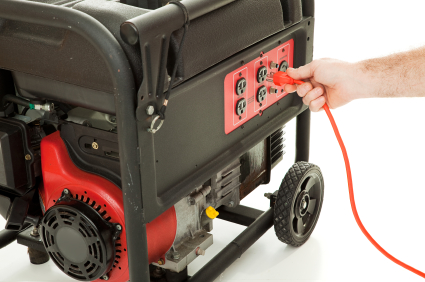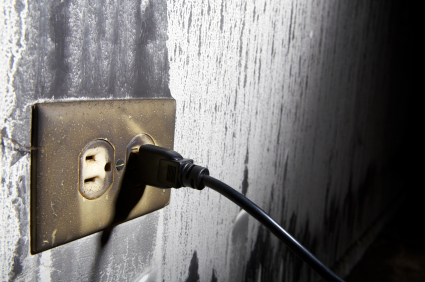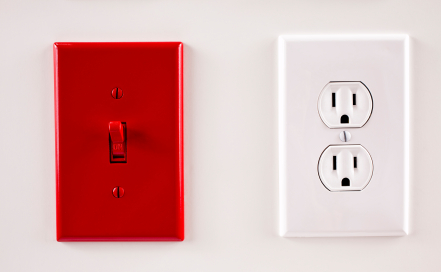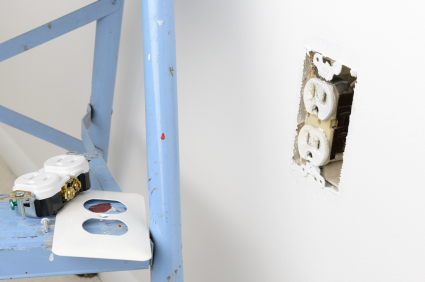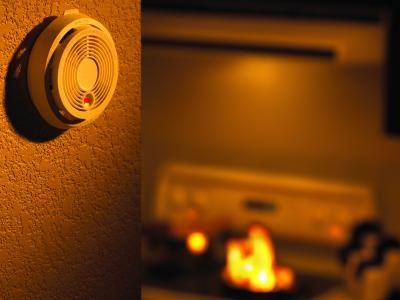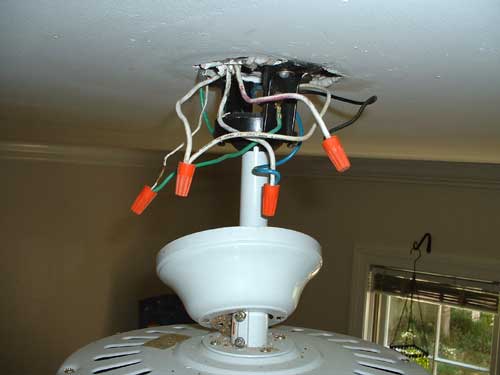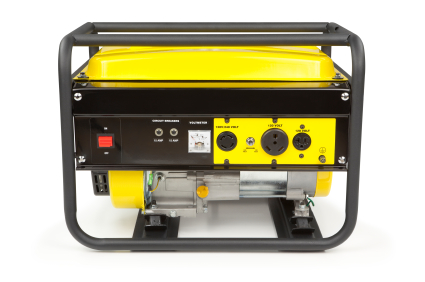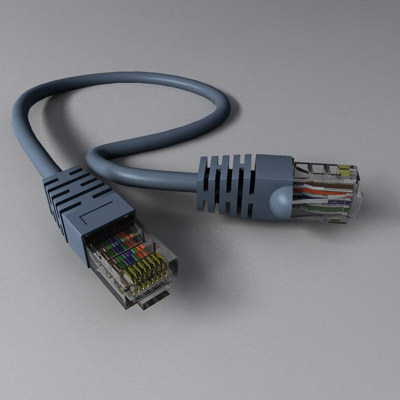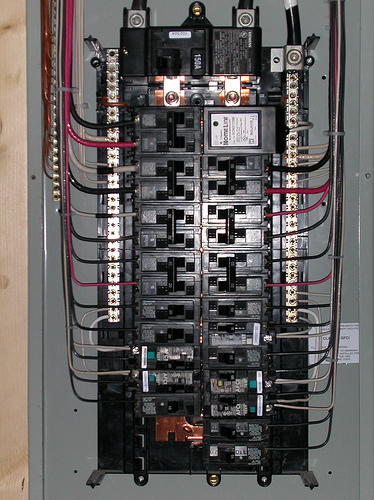With Hurricane Sandy causing power outages, fallen trees, and damaged properties, some homeowners are considering buying their own portable generators to keep their electricity running. Here are 10 portable generator safety tips:
1. Before purchasing a generator, make sure you have an idea of how much electricity you will need the generator to sustain. Go through your house, and looking at all your fixtures, lights, etc. and add up all the wattage requirements.
2. Carbon monoxide is a critical threat when operating a machine like a generator. It is extremely important to be aware of the risks involved, and know that a generator should never be run inside the house, not even in your garage. Carbon monoxide, also known as the “silent killer”, can become trapped inside your home easily and cause death in minutes. It is recommended to keep the generator at least 10-15 feet from your house, with the exhaust pointing away from your house.
3. If you want to operate your generator directly with your house’s wiring system (i.e. your central A/C), do NOT connect the generator directly to the home’s electrical grid. For this, you will need a transfer switch. These switches are connected to the house’s main circuit breaker. It is recommended to have an electrician install a transfer switch in your home, as it can pose potentially dangerous risks if installed incorrectly.
4. You need to also prevent electrocution when operating a generator. Never plug it directly into one of your home’s wall outlets.
5. Generators run on gas. Therefore, it is important to ensure you have enough oil in the generator and on supply in case it runs out. In most cases, when electricity goes out in your neighborhood, this also means local gas stations are out of power. If gas stations have no power, you can’t fill up.
6. You will need to regularly keep up maintenance. Clean the machine regularly. Don’t use water to clean it, as it can damage the operation of the generator.
7. Test the generator every so often to make sure it operates. Turn it on and let it run for about 10 minutes every month or to ensure proper operation.
8. Keep your excess gas/oil supply in approved containers and make sure they are stored away from your house and the generator itself.
9. If you plan to use the generator at least once a year and keep gas in the engine, you should add engine fuel stabilizer to the engine as well to keep the gasoline from gumming up and causing clogs. Stabilizer can extend the “shelf life” of gasoline for up to a year. After adding some stabilizer, be sure to let the engine run for a couple minutes to fully circulate it.
10. Alert your neighbors that you plan to use a generator, as they usually operate pretty loudly.
If you’d rather contact a certified electrician, try using TalkLocal. Simply a service request and, within minutes, top-quality electricians in your area will call YOU directly, ready to help.

